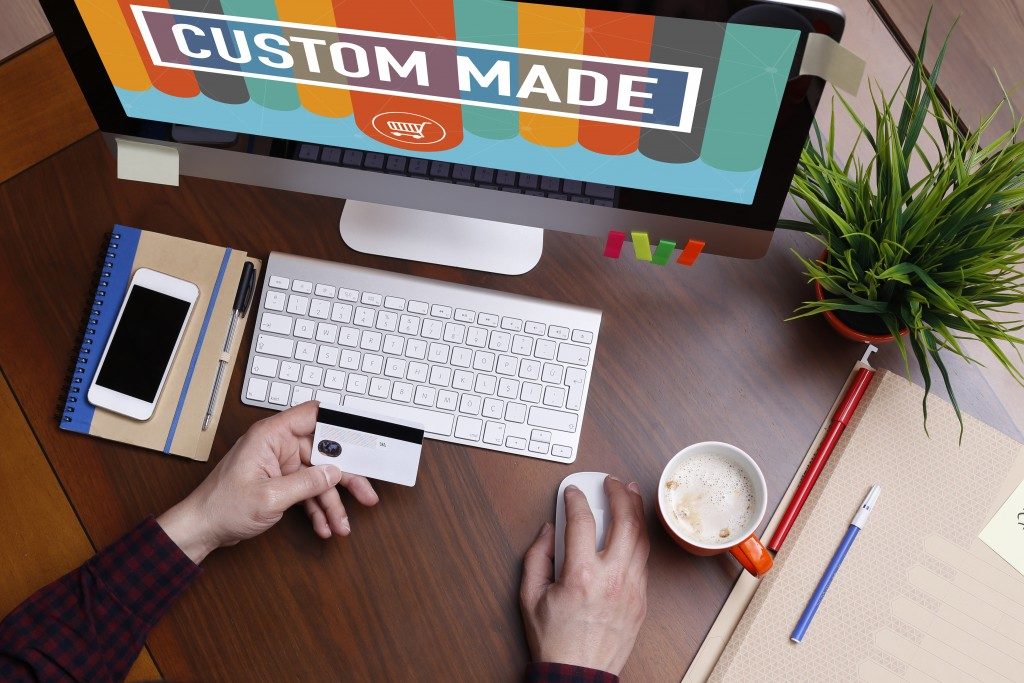There’s no doubt that modern technology has changed the way consumers interact with products, brands, and services. Conveniences such as 24/7 internet access in many cities, and the ubiquitous mobile phone which most people keep within arm’s reach day and night, have provided us with easy access to any sort of information. Online shoppers can look up product features and compare prices between competitors; the same consumers are just a click away from posting an influential product review, positive or negative.
Today, businesses know that their potential consumers are more discerning than ever, and better equipped to understand what they need – and how to align that with the products and services that a brand might offer. In the information age, this isn’t going to revert anytime soon, so smart entrepreneurs will find ways to tap the power of consumer empowerment instead. Offering options for customization can be the key to finding success; here’s why.
Reach different people and demographics
When a business develops a product or service, visualizing an ideal consumer is considered an essential practice. Not only does this sort of focus establish the audience by allowing target consumers to grasp the value and purpose of a product quickly, but it also helps to define the brand – “this is who we are and what we do.” While this model is especially useful for startups seeking a foothold in the market, at some point, growth becomes a priority – and to accomplish that, reaching out to a broader demographic is desirable.
Any product designed with a homogeneous audience in mind can be easily made more attractive to other consumer profiles with customization options. This isn’t just an opportunity for the original developer either; other entrepreneurs can step up and address market needs. For example, a standard software package such as Microsoft’s Office 365 may not offer enough OneDrive backup space or indexing functionality for all users, opening the door for other developers to create alternative solutions.

Offer premium products and services
Not all types of product offerings have a high potential for reward when it comes to user customization. People tend to find these options more attractive in premium products and services. Nike, for instance, successfully explored this space when trying to break into the online retail market by offering the unique ability for users to design their own custom “NikeID” shoes via the website. While these shoes would cost several dollars more than stock versions of the same style, consumers were willing to pay more for a product that looked exactly the way they wanted it. Customization options thus offer a way for businesses to capitalize on the desirability, leading to higher profit margins.
Increase consumer engagement and loyalty
When done correctly, customization also subtly encourages consumers to spend more time engaged with a brand. Continuing the previous example of Nike, users could easily spend 10-20 minutes or more on the website while actively engaged and exploring different materials and colors. Contrast that with the typical online shopping experience, which can take 1-2 minutes to browse products and proceed to checkout. If the customization process manages to be smooth and convenient, the user experience becomes enjoyable and more in-depth, generating valuable brand loyalty.
By offering options that allow users to customize what they are buying, businesses will be able to adapt to this trend and thrive in an age of highly-informed consumers.
